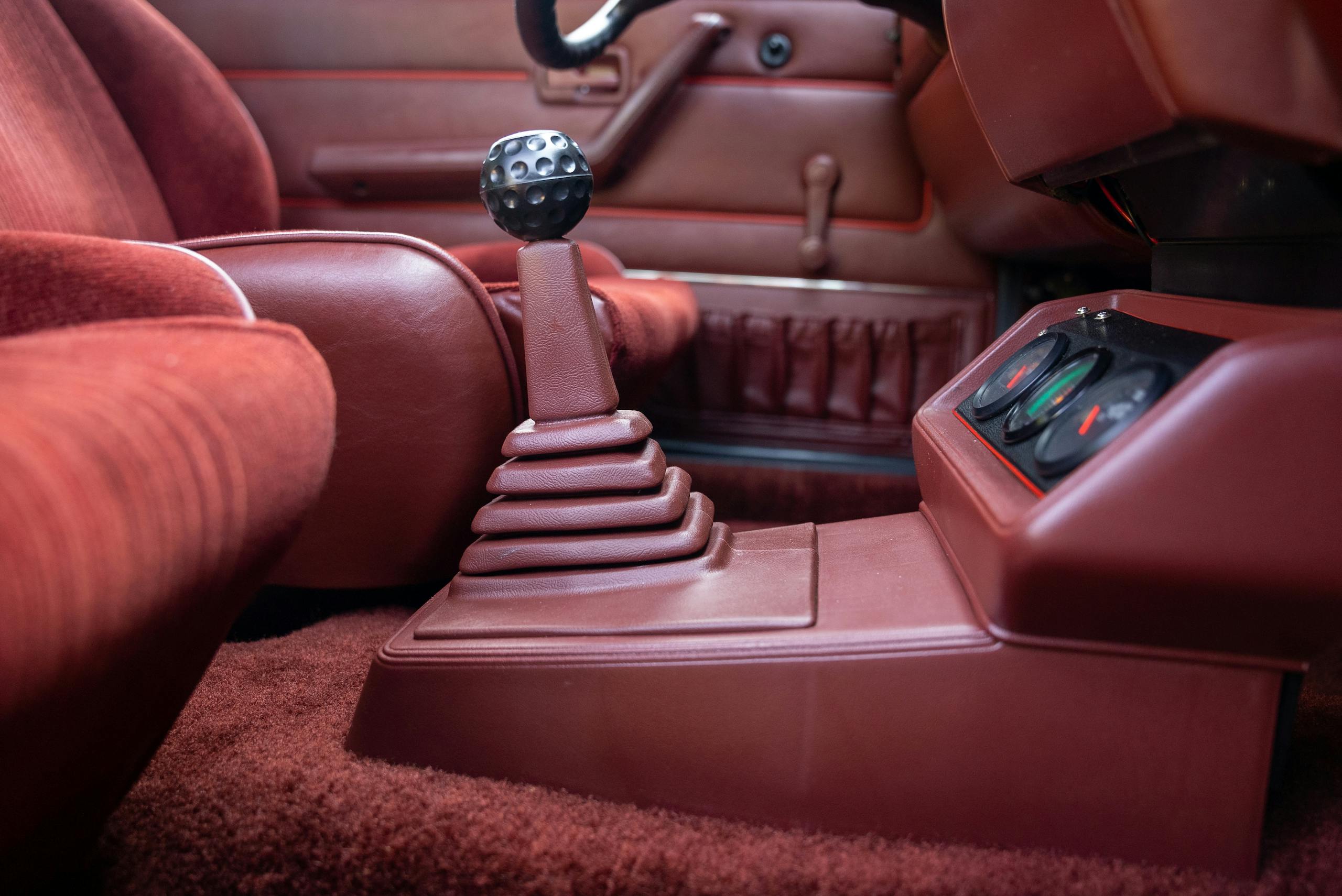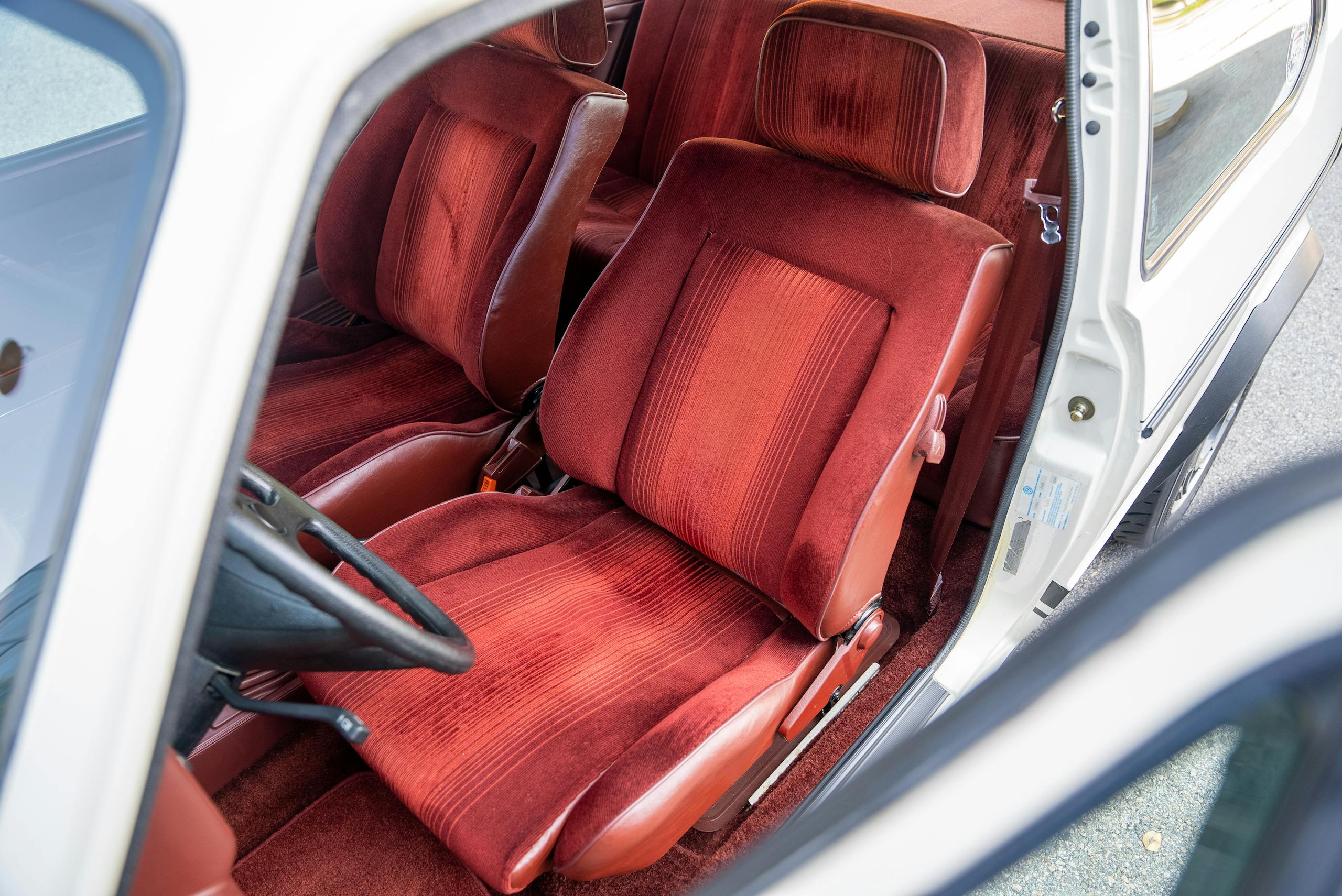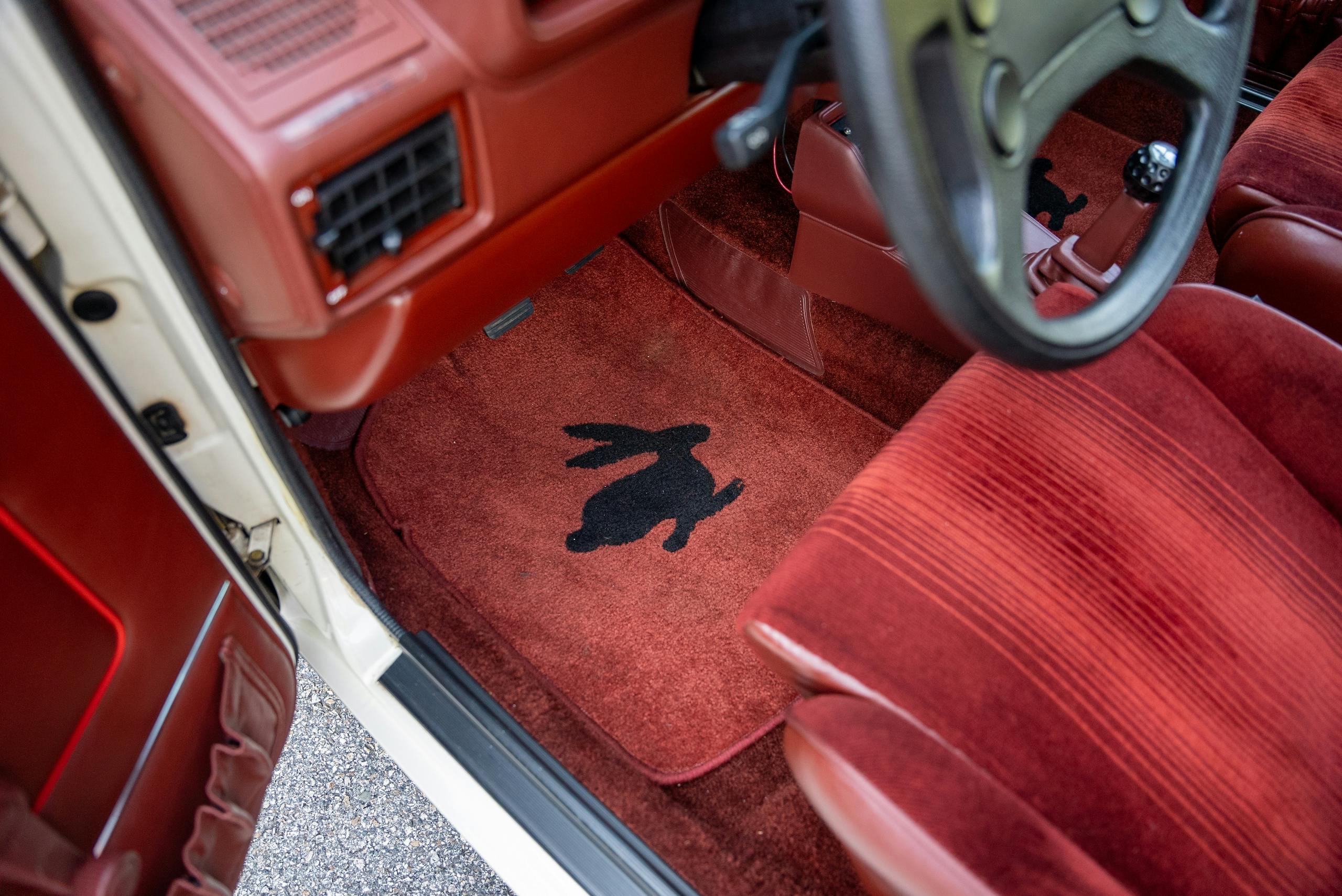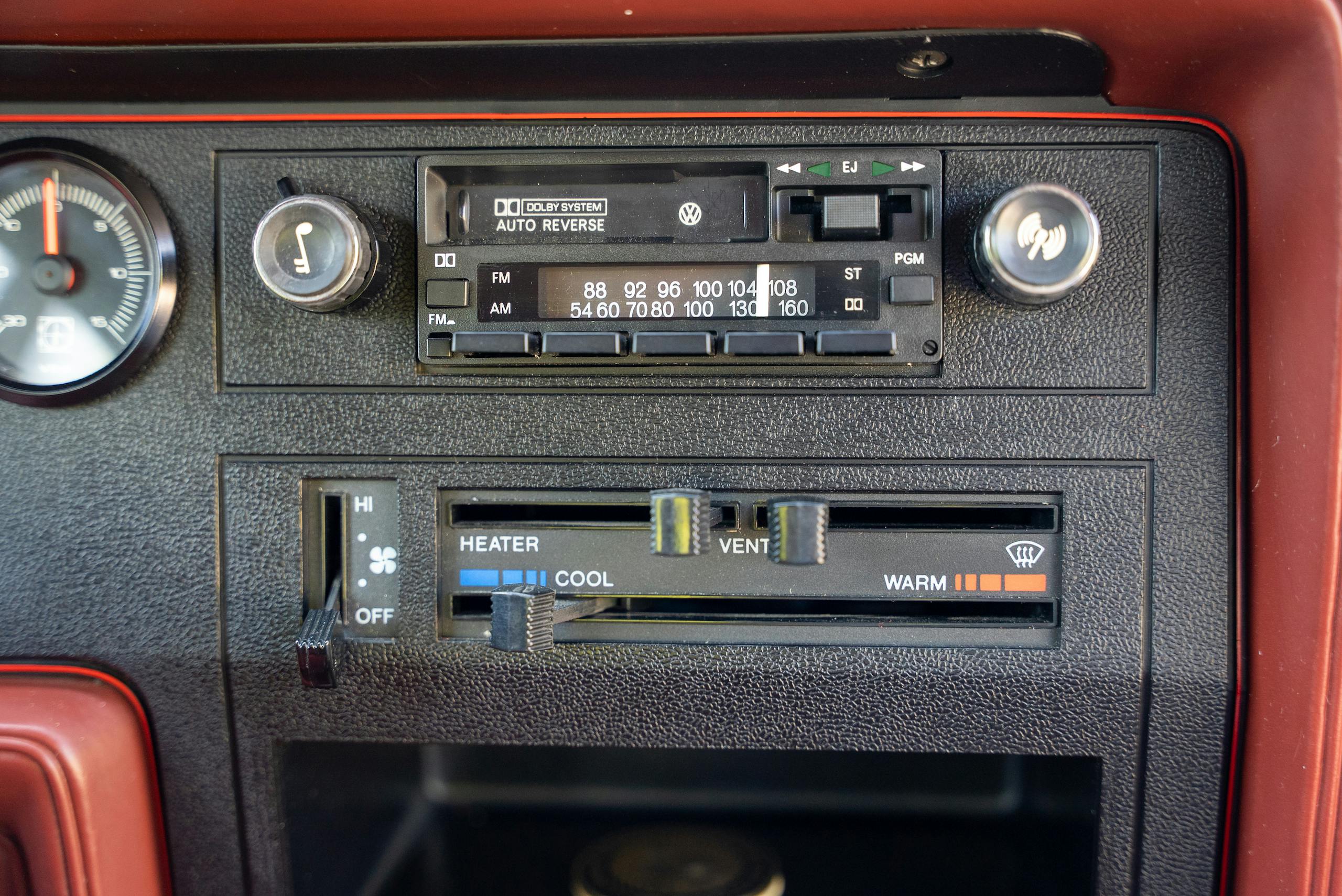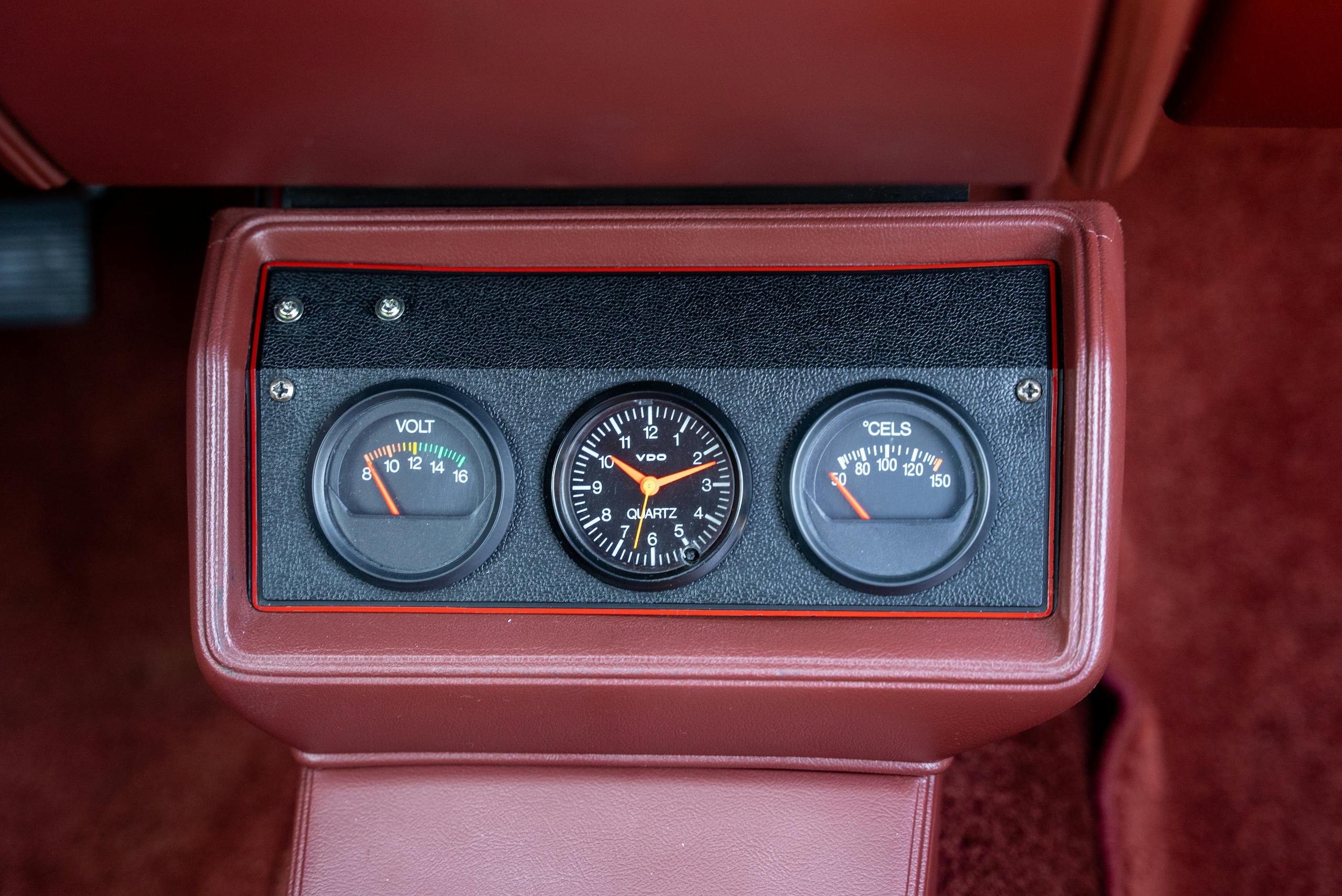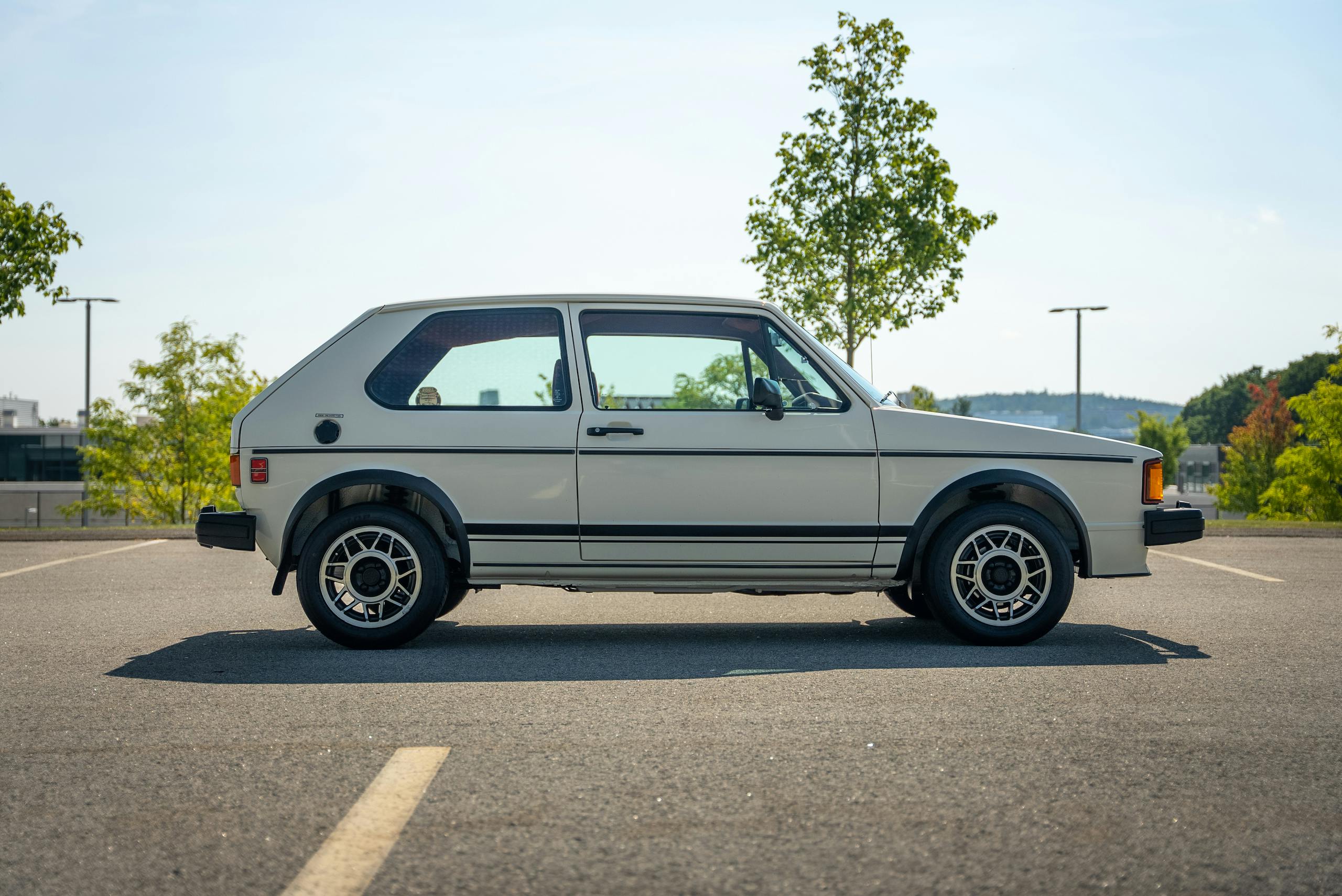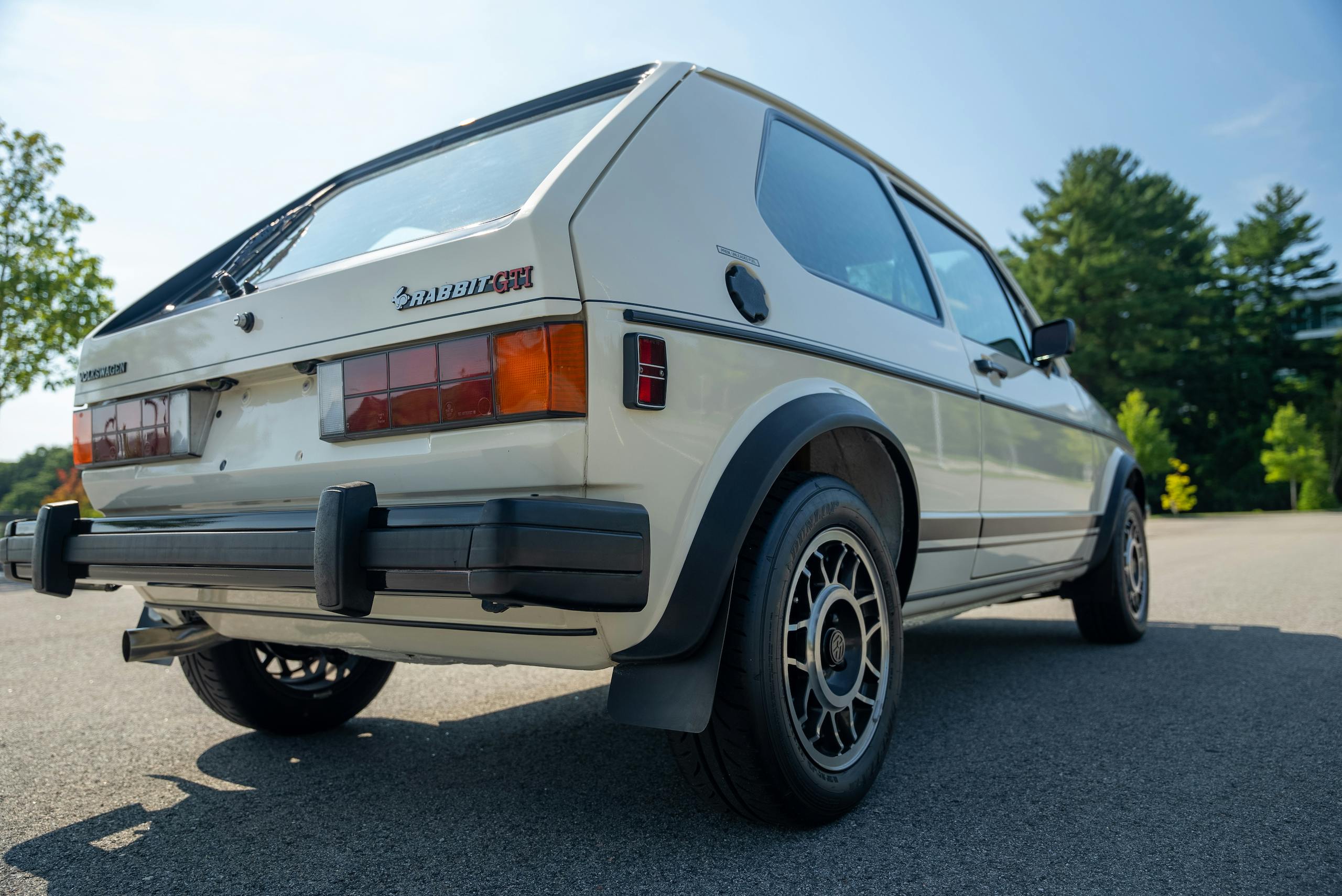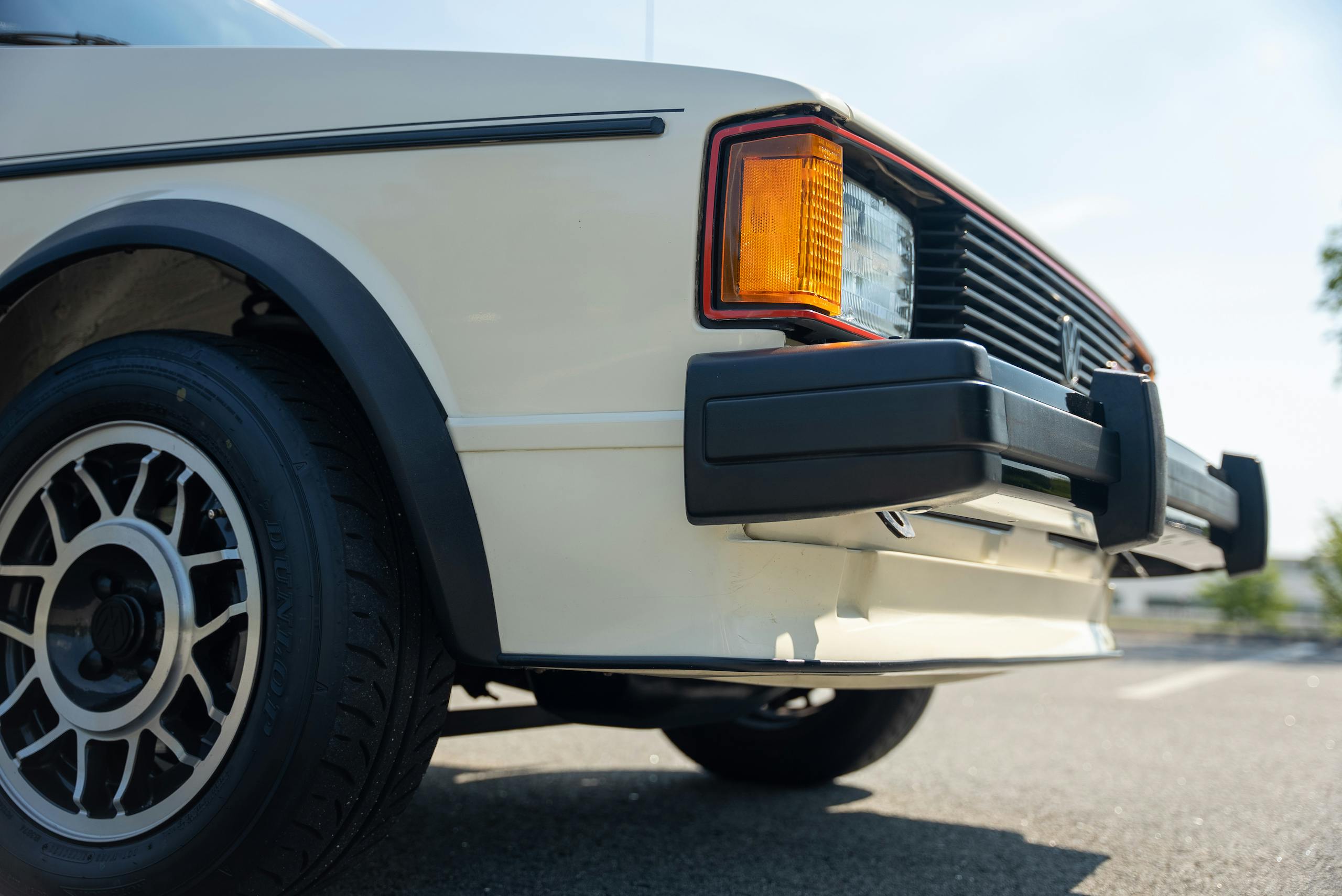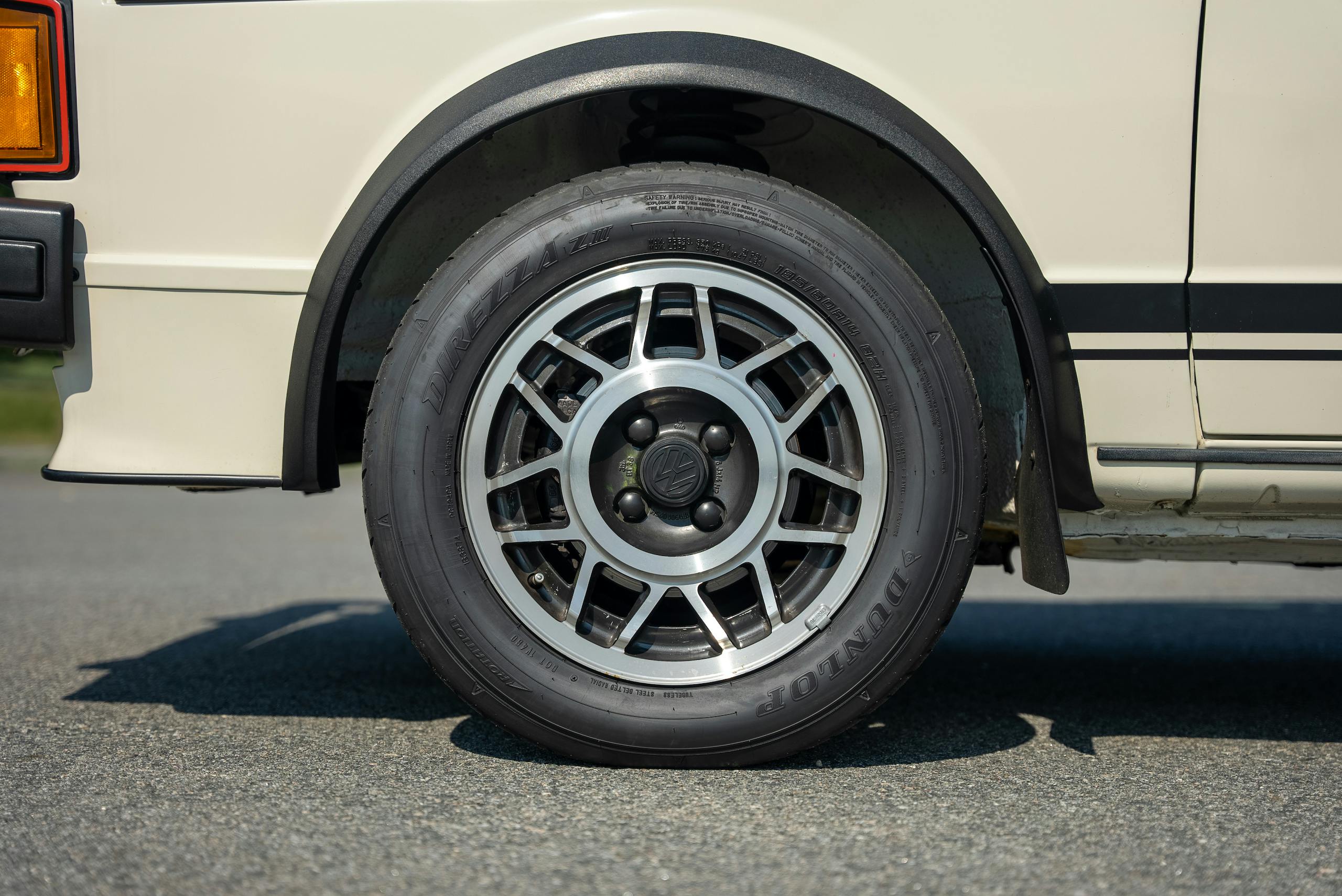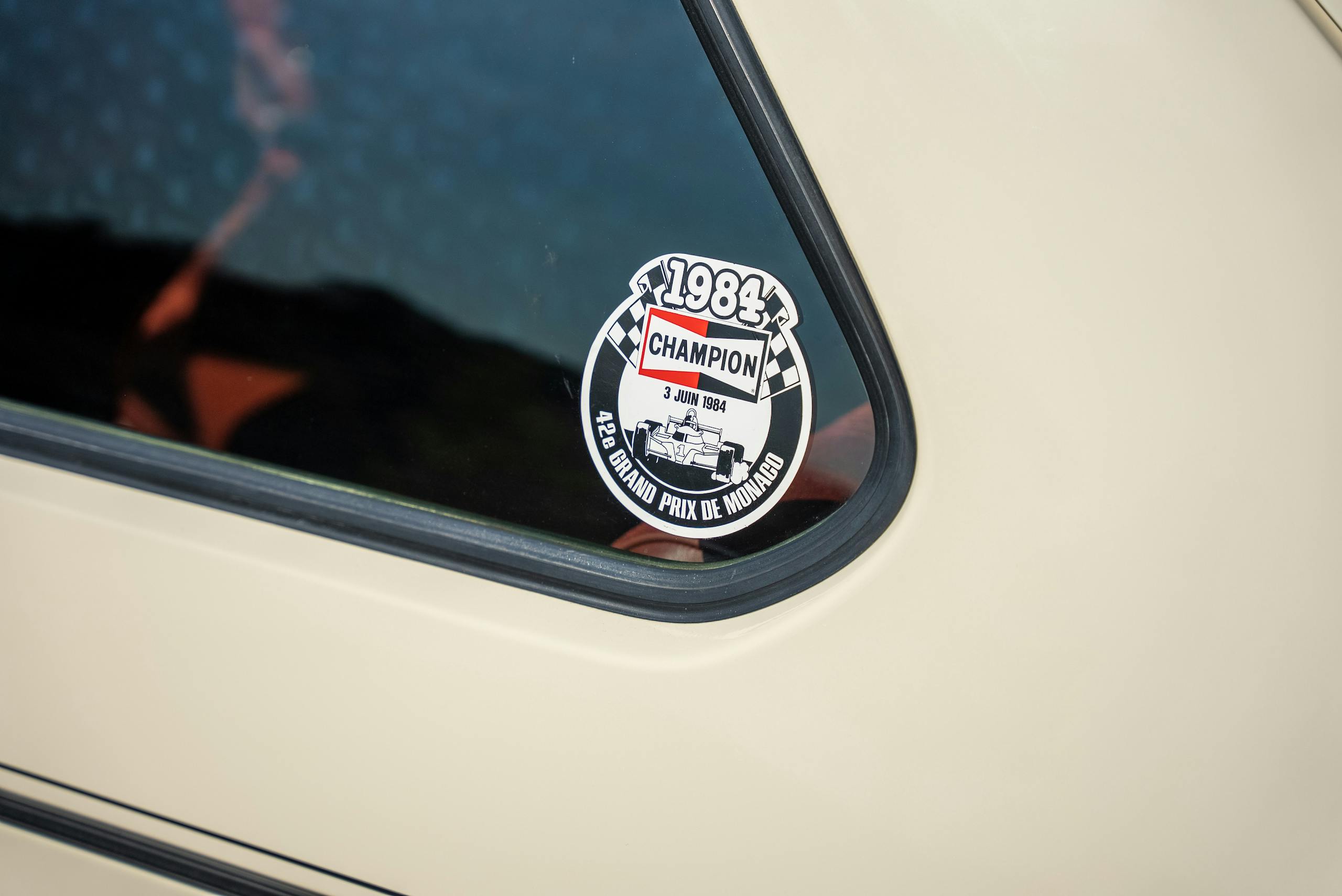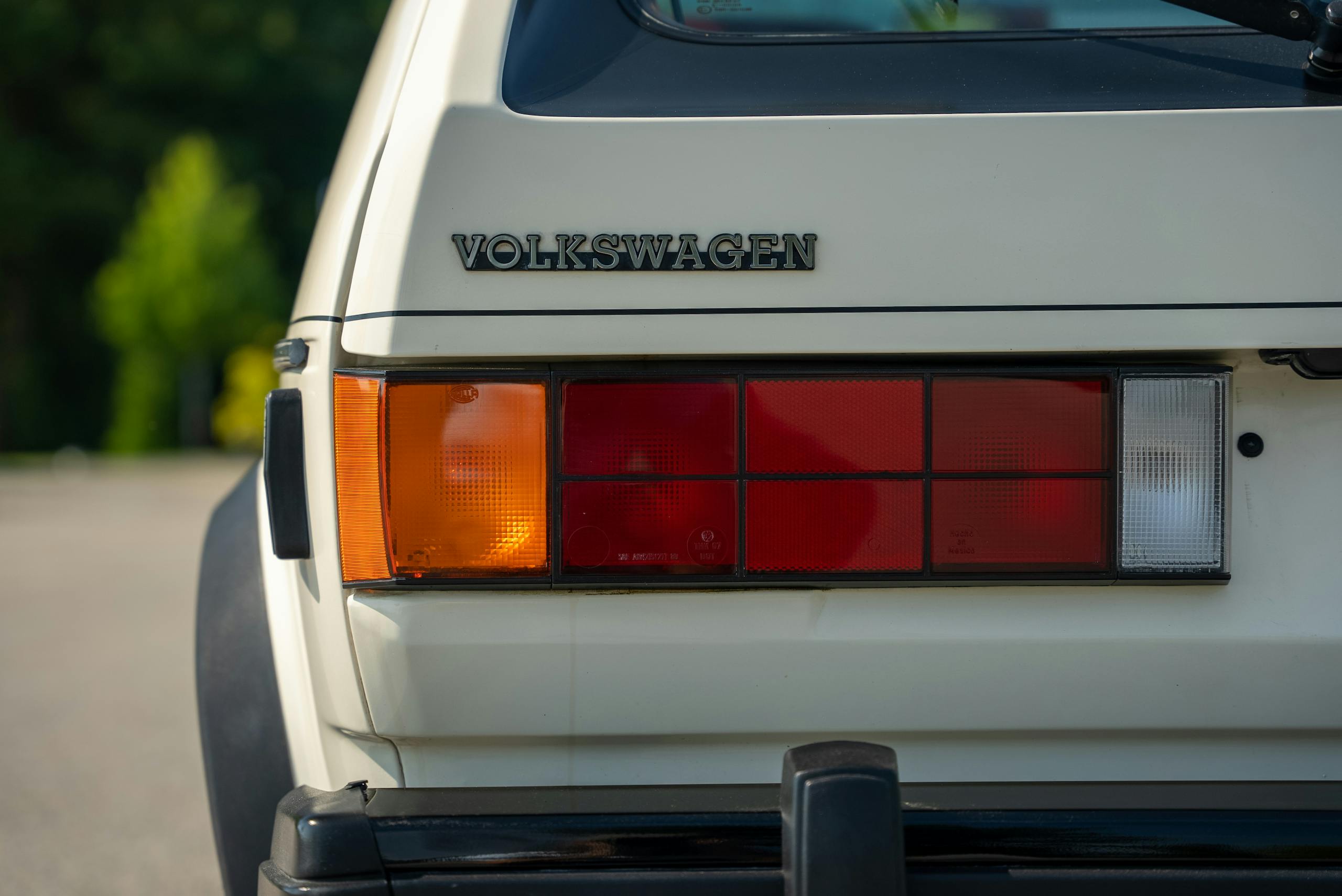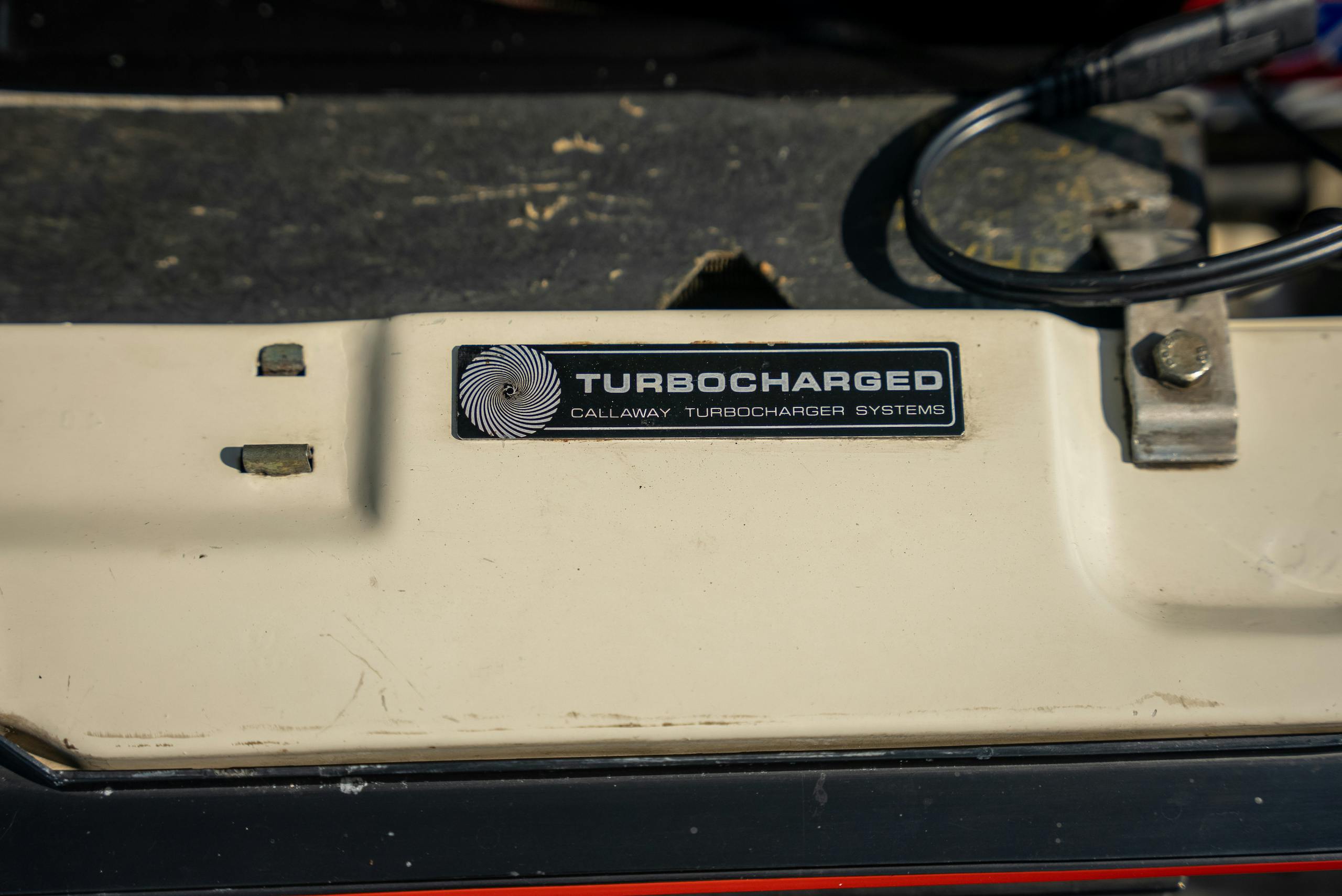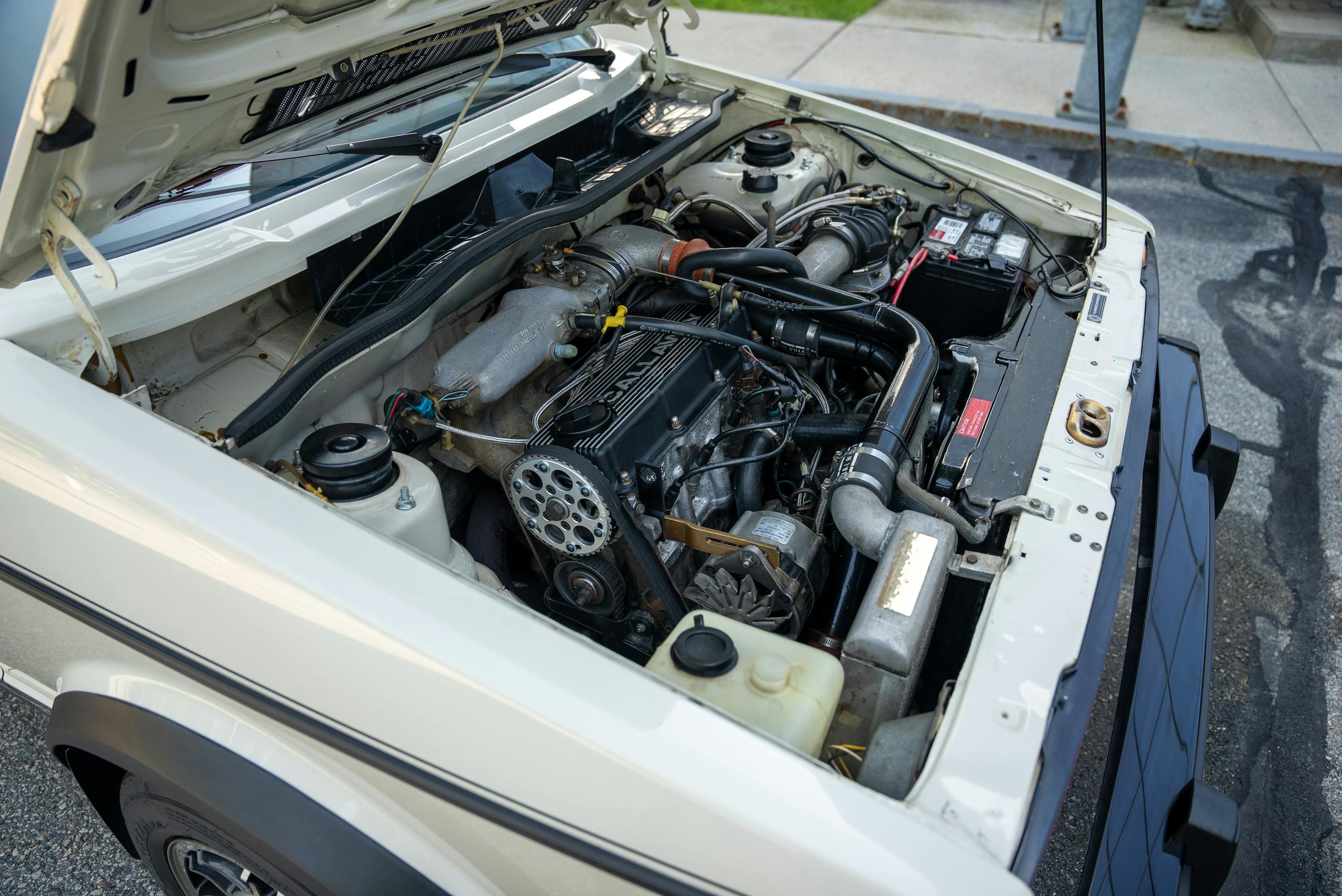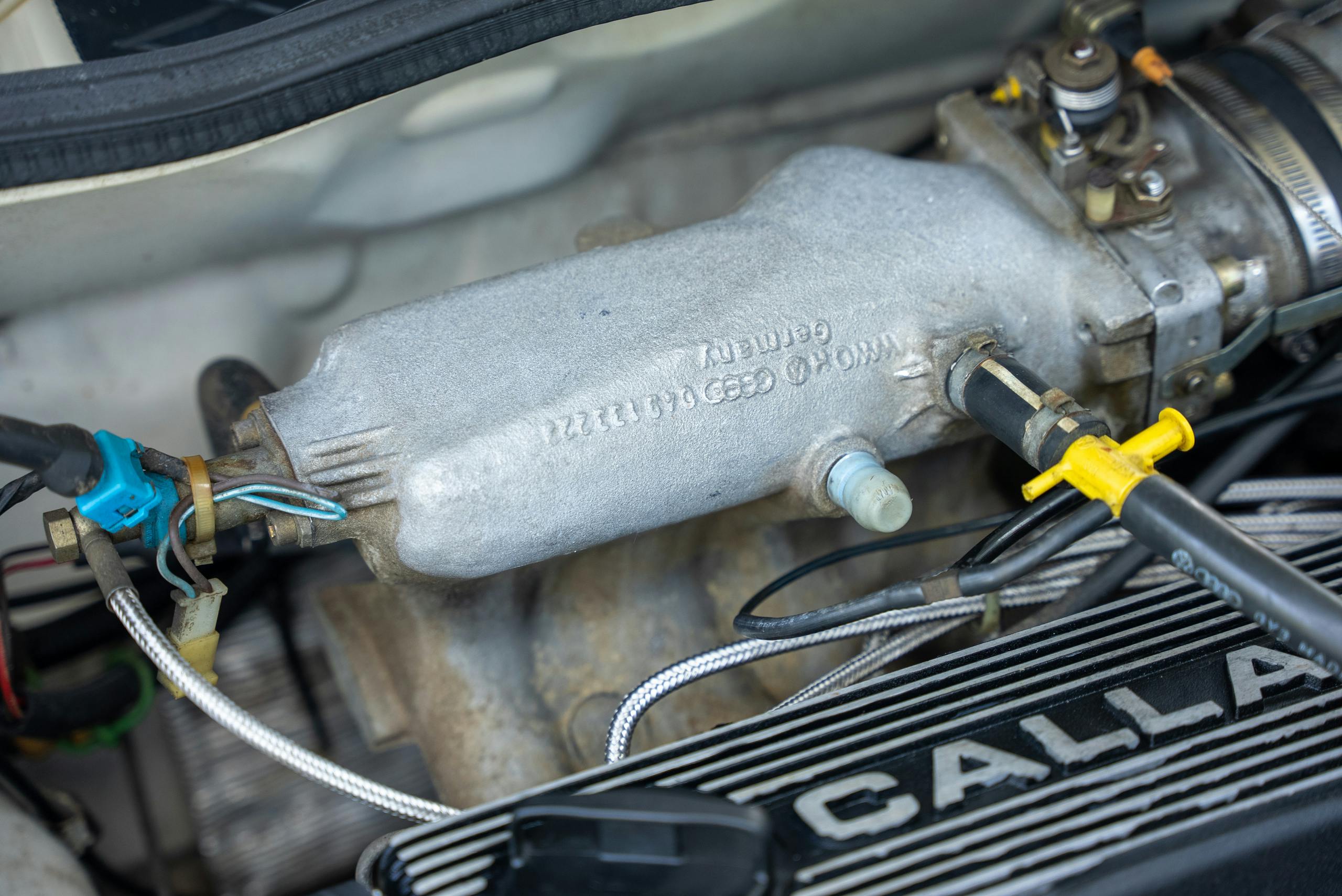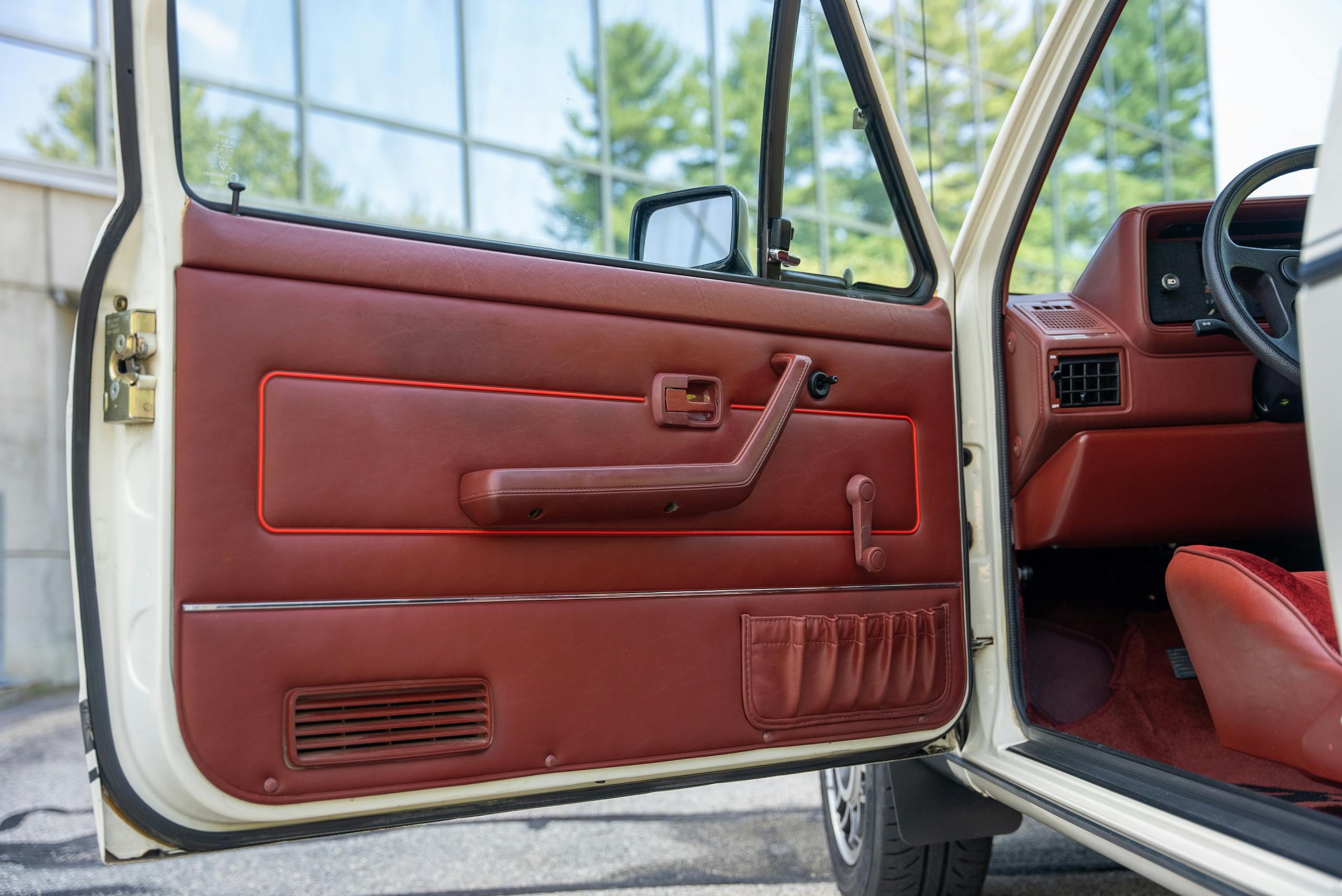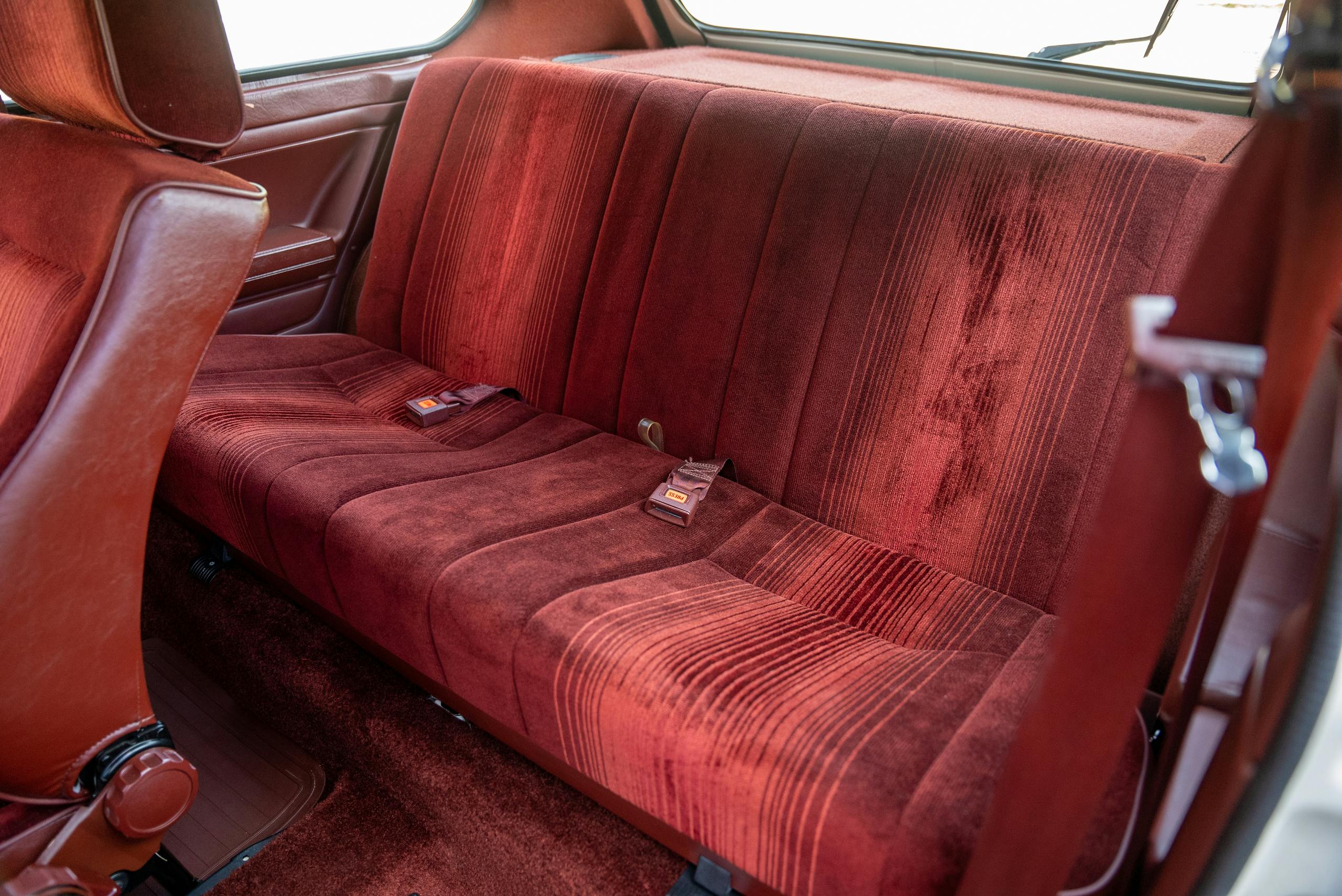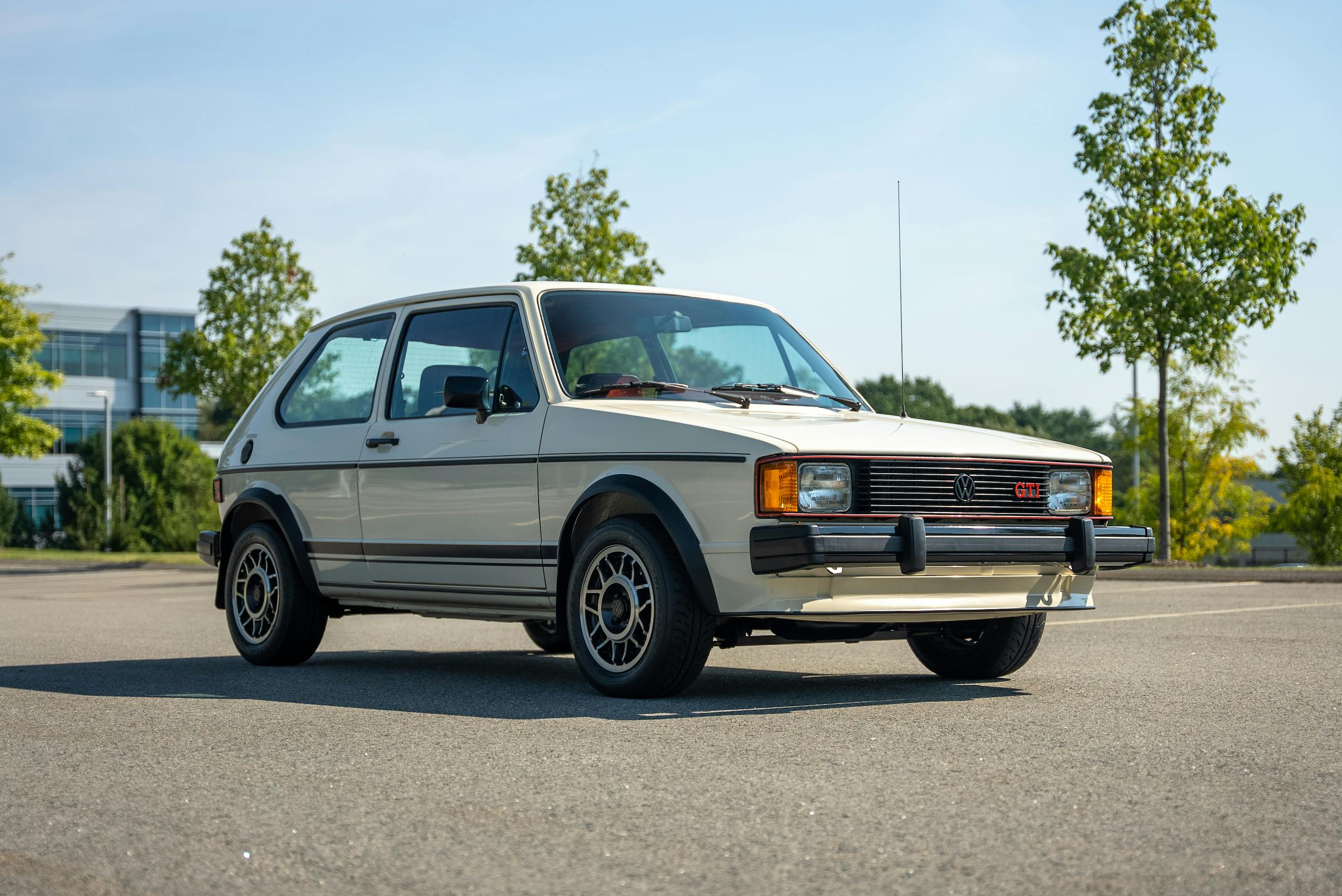Media | Articles
A $65,000 Callaway … Volkswagen?
According to all the experts, high rates of inflation are upon us, and that means just about everything is a lot more expensive now than it was in 2020. Milk, electricity, beans, ’83 Volkswagens, you name it. Since we focus on cars here, though, let’s stick with that last one. A clean Rabbit GTI just sold on Bring a Trailer this week for $65,100, including buyer premium. That’s an eye-popping number on its own, but it gets even more surprising when you remember that the same exact car sold last April for $39,900. That’s a $25,200 increase in barely 18 months.
Of course, it’s not just inflation we’re talking about here. Far from it. It’s a combination of a seldom-seen and super-clean VW finding the right bidders at the right time, and a well-executed flip in the middle of a market that’s going gaga for ’80s performance cars.
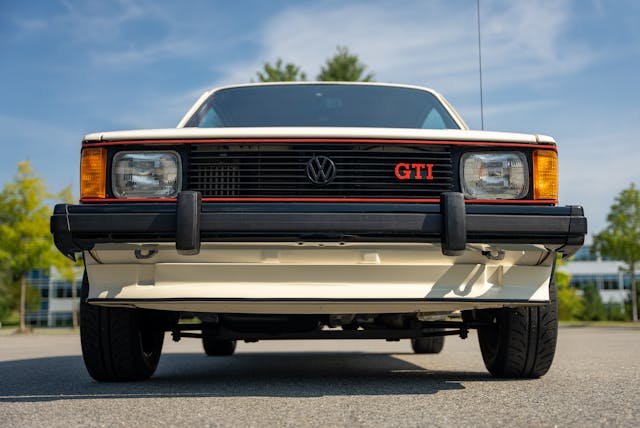
The car in question is a Mk I Rabbit GTI, a seminal hot hatch that only sold in America from 1983-84, with about 30,000 leaving VW’s assembly plant in Westmoreland, Pennsylvania. Many of those wrecked or rusted years ago, so a 19K-mile GTI with careful ownership from new is really something special. Finished in oh-so-eighties Cashmere White over red velour, it shows little more than minor wear and tear and a sagging headliner. There are five-year-old GTIs that don’t look as clean.
What makes this car even more of a standout is its Stage II turbo kit by Callaway. Yes that Callaway. Before it was boosting C4 Corvettes and breaking speed records, the Connecticut-based tuner was turbocharging BMWs, Porsches, even Alfa Romeos. The Volkswagen turbo kit was among Callaway’s first products.
If the Mk I GTI was a jalapeño-level hot hatch, Callaway cranked it up to somewhere around ghost pepper. The 1780-cc four came straight from VW with 90 horsepower and 105 lb-ft of torque, but the turbo more than doubled the hp to around 200. That’s a lot for a car from 1983 that weighs barely a ton, and it makes the Rabbit’s 85-mph speedometer seem extra silly. The Callaway kit also reportedly added a front sway bar and lower stress bar to cope with those extra ponies.
Marketplace
Buy and sell classics with confidence
This car sold new in Ohio then got the Callaway treatment in period. Its handful of owners preferred to keep it a sleeper. No Callaway stickers or flashy “TURBO” decals here. Unless you open the hood or unless it gaps you in your IROC-Z, a small VDO boost gauge is the only clue that this is no ordinary ’83 GTI.
When it sold on Bring a Trailer last April, it had received some basic attention like a valve adjustment and new shocks. Then, the dealer that bought it last year and then sold it this week did the timing belt, motor mounts, spark plugs, and added new tires and exhaust.
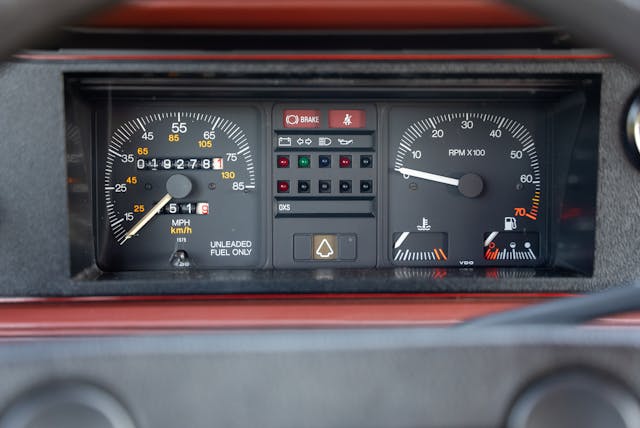
It shows just 19,278 miles, 452 more than it did in April. Now, we all know that cars are supposed to depreciate the more miles you put on them, but this seller actually made about 50 bucks with each tick of the odometer. Although flips are never a sure thing even in our current super-heated market (a 950-mile Viper sold for a sizable loss on BaT recently), this was a home run, a record price for the model, and over three times the condition #1 (Concours, or best-in-the-world) price for an ’83 GTI in the Hagerty Price Guide. So much for these pocket rockets being about affordable fun.
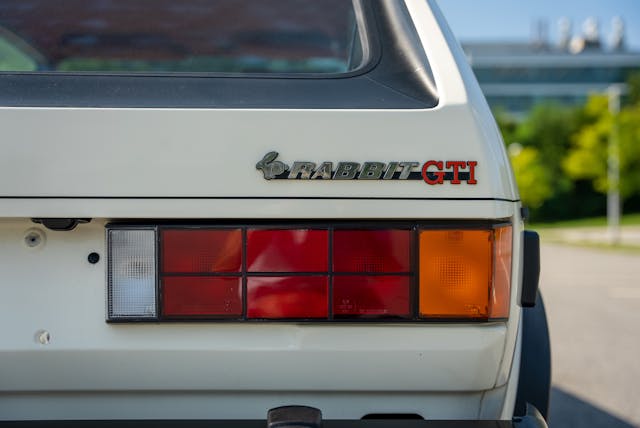
For 65 grand, you could buy two brand-new Golf GTIs, or you could have bought the pricy Golf R32 that caught our eye earlier this month. And that’s just VWs. Sixty-five grand is Porsche money, and even if we keep it in the Callaway family, twin-turbocharged Callaway Corvettes with fewer miles and twice the horsepower have sold for less money. Go figure.
While these VWs are on the rise (#1 values have nearly doubled in the past five years), this result was way ahead of the curve. It also bought an extremely rare, nearly unique (not to mention very cool) car, and we’ve seen time and time again that people will throw caution to the wind when bidding on such things. Of course, this doesn’t mean any old rusty Rabbit will make you rich, but flips can sometimes work out perfectly, and for many this is now a benchmark for clean early GTIs.









